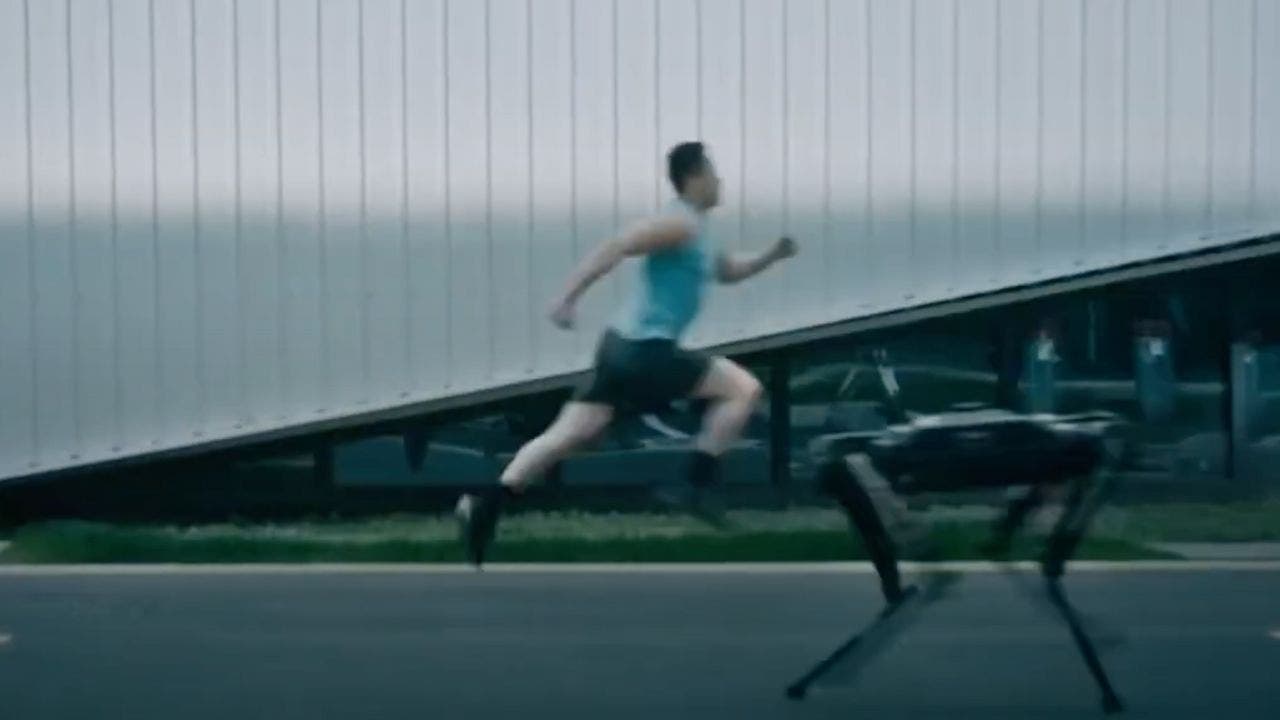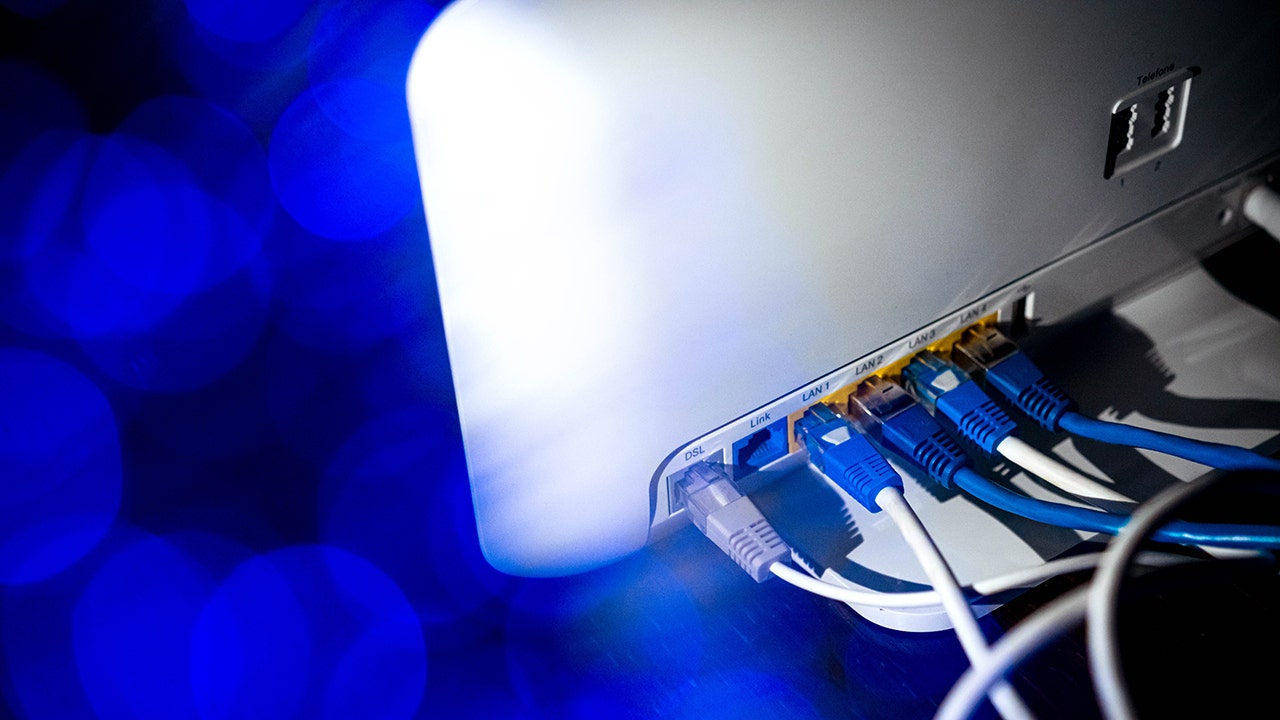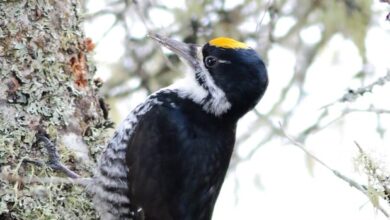Robot dog sprints into history books by breaking speed records

A Chinese team has recently unveiled a groundbreaking quadruped robot that is revolutionizing the field of robotics and speed. The Black Panther 2.0, developed by Zhejiang University’s humanoid innovation institute in collaboration with the Hangzhou-based startup Mirror Me, has set a new standard by running approximately 100 meters in under 10 seconds.
The design of the Black Panther 2.0 is truly remarkable, drawing inspiration from various animals to create a highly efficient biomechanical structure. Its carbon-fiber shins, modeled after jerboa desert rodents, have increased stiffness by an impressive 135% while only adding 16% to its weight. The robot also features spring-loaded knee joints that act as shock absorbers, mimicking the powerful movements of black panthers. Additionally, its “running shoes,” inspired by cheetah claws, enhance grip performance by an astonishing 200%.
Standing at 2 feet and 0.8 inches tall and weighing 83.8 pounds, the Black Panther 2.0 achieves a peak stride frequency of five times per second. This impressive performance is not only due to its hardware, but also incorporates artificial intelligence and machine learning to adapt its gait in real time for specific situations. By utilizing the concept of Huygens’ coupled pendulum principle, the robot is able to maintain fluid motion on various terrains, pushing it closer to the agility of living organisms.
In addition to breaking records, the Black Panther 2.0 has joined the prestigious “10-second club” for the 100-meter sprint, surpassing the previous record holder, HOUND, developed at Korea’s Advanced Institute of Science and Technology. While the robotic dog may outpace most human sprinters, it still falls short of nature’s fastest runners like cheetahs, ostriches, and wildebeests.
The development of the Black Panther 2.0 opens up a world of possibilities for the future of robotics. Its high-power-density motor drivers suggest potential industrial applications, while its design invites further exploration into the differences between robotic and biological mobility. This technology could be utilized in search and rescue operations or for exploring hazardous environments.
The question remains – would you feel comfortable working alongside a robot like the Black Panther 2.0, or would its advanced capabilities make you nervous about potential job displacement or safety concerns? The possibilities are endless, and the future of robotics is certainly an exciting one.




